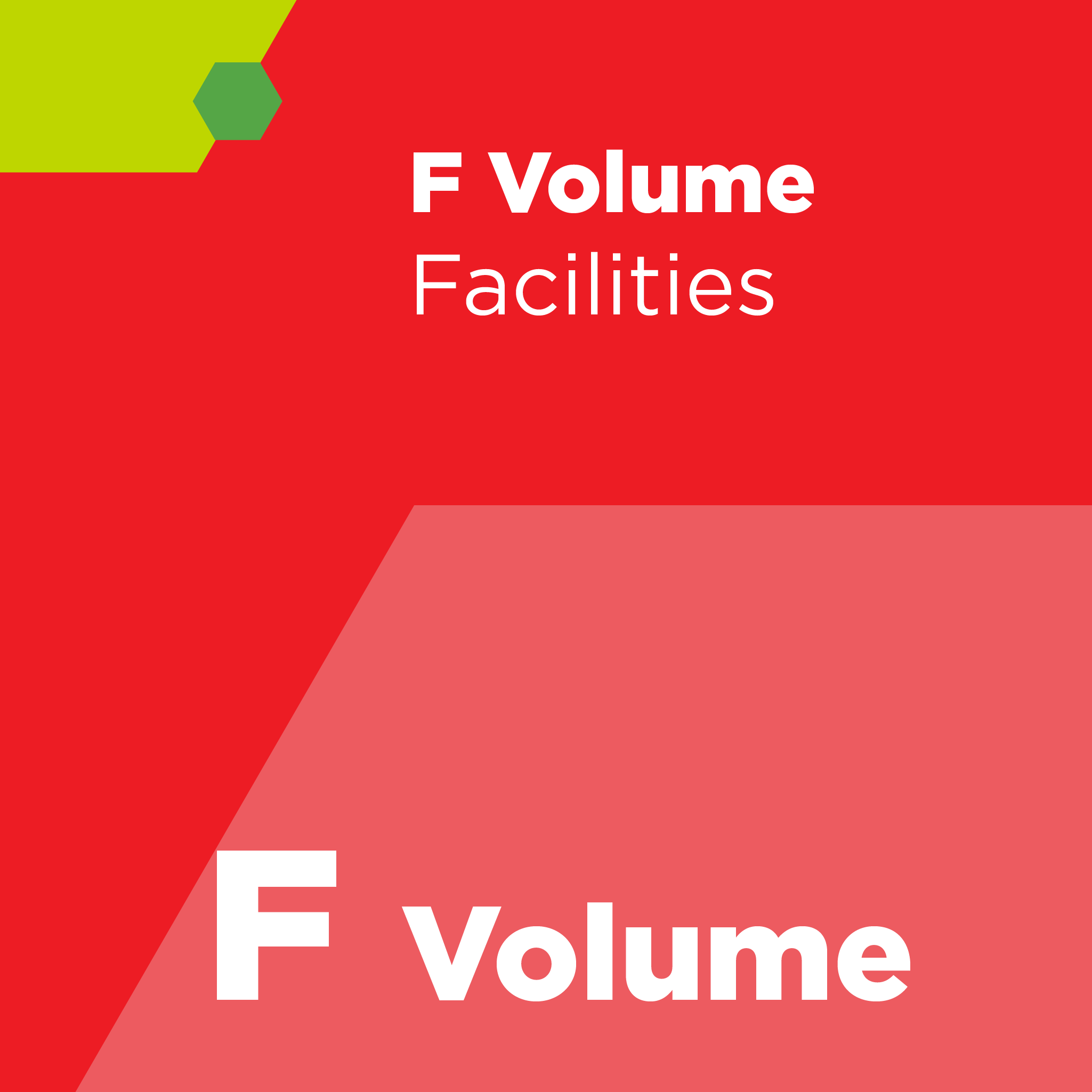
SEMI F75 - Guide for Quality Monitoring of Ultrapure Water Used in Semiconductor Manufacturing -
Abstract
This Guide describes potential sources of contaminants,
their impact on semiconductor manufacturing and available options for
monitoring these contaminants. This Guide should be used in conjunction with
SEMI F61 and SEMI F63. Together these Guides provide recommendations for
facility engineers and other manufacturing and quality professionals who are
responsible for establishing programs to monitor and control the quality of
their ultrapure water (UPW) systems, through to point of use (POU). These
Guides may be used to help determine the parameters that should be monitored
for UPW that is produced, distributed, and used throughout the manufacturing
facility, and the frequency and location of testing.
UPW is used extensively in the production of semiconductor
devices for all wet-processing steps. Ultrapure water systems need to be tested
and monitored to ensure that the UPW being produced matches the specifications
established by the manufacturing process. The purity of the UPW may affect
device yield unless a wide range of parameters are closely controlled at the
point of distribution (POD). Semiconductor devices are currently being designed
with smaller linewidths (<65 nm) and are therefore more susceptible to low
level impurities.
UPW systems are monitored for continuous performance for
desired and achievable levels of quality. Action limits are generally set to
determine when system performance data warrants that corrective action is
needed. Table 1, Parameters and Range of Performance, in SEMI F63 may be a
useful reference for establishing quality levels.
In more critical processes, the quality of the UPW also
needs to be monitored at the POU where the UPW is in contact with the wafer.
The quality of the UPW should not be expected to be identical to the quality of
the UPW being produced at final filter (FF), which is not subject to conditions
within the tool or distribution system.
This Guide is the third in a series of SEMI Standards developed
for UPW which include SEMI F61, a Standard defining the performance of a UPW
system, and SEMI F63, a Standard defining the quality of UPW.
This Guide provides information about the frequency and
location of sampling for those parameters that are not available from online
analyzers. Frequency of sampling should be based on the specifications set by
manufacturing for the quality of the POD UPW, the number and locations of
online analyzers, the stability of the incoming feed water to the system, and the
historical performance of the UPW system over time.
The Guides may also be used to establish process control
criteria for the incoming feedwater, performance of UPW system components and
POU rinse baths.
Referenced SEMI Standards (purchase separately)
SEMI F57 — Specification for Polymer Materials and
Components Used in Ultrapure Water and Liquid Chemical Distribution Systems
SEMI F61 — Guide for Design and Operation of a
Semiconductor Ultrapure Water System
SEMI F63 — Guide for Ultrapure Water Used in Semiconductor
Processing
SEMI F104 — Test Method for Evaluation of Particle Contribution
of Components Used in Ultrapure Water and Liquid Chemical Distribution Systems
Revision History
SEMI F75-0221 (technical revision)
SEMI F75-0617 (complete rewrite)
SEMI F75-1102 (Reapproved 0309)
SEMI F75-1102 (first published)
 |
Interested in purchasing additional SEMI Standards? Consider SEMIViews, an online portal with access to over 1000 Standards. |
Refund Policy: Due to the nature of our products, SEMI has a no refund/no exchange policy. Please make sure that you have reviewed your order prior to finalizing your purchase. All sales are final.

This product has no reviews yet.